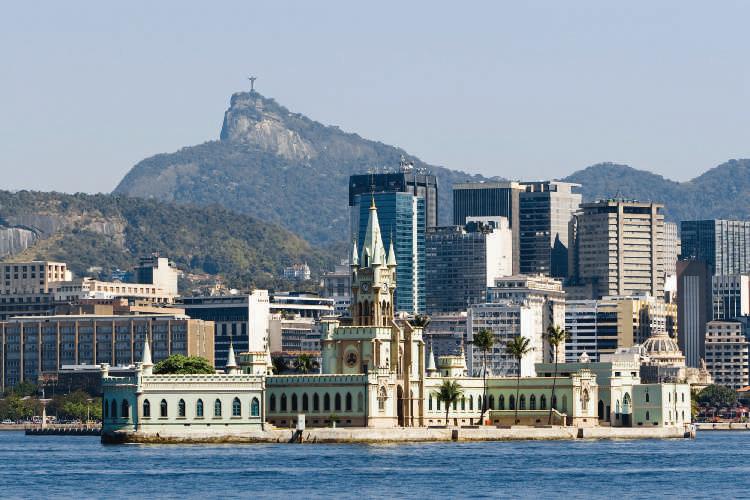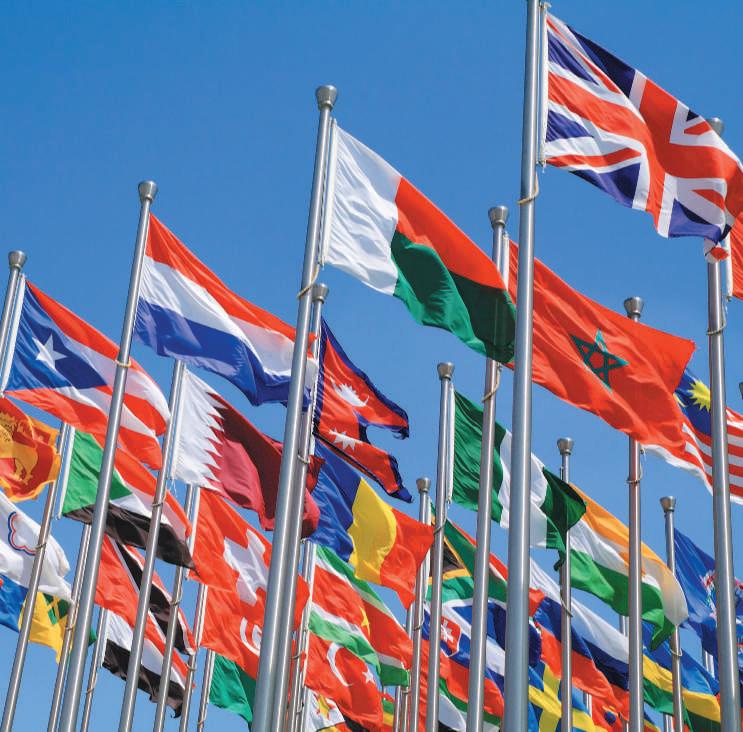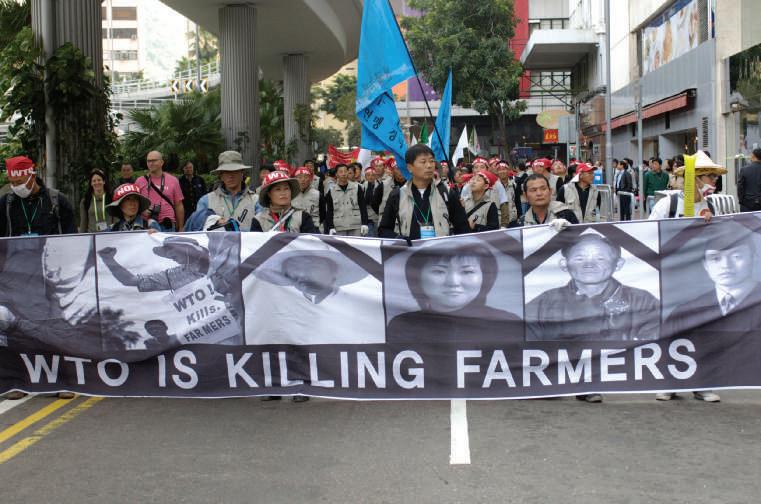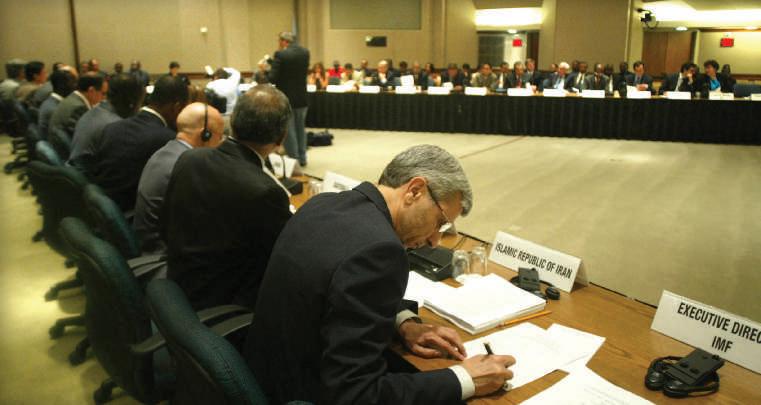M N E s a nd T h ei r Glo b a l S t r a t e g ic M o t i v es
207
The Coca-Cola company, for example, has operations in more than 140 countries and generates more than 55 percent of its profits from its overseas operations. Coca-Cola’s annual profits are, therefore, more stable than those of a firm that focuses upon the U.S. market alone. Hence, if a firm is trying to maximize long-term profits, diversification is the key. Because international diversification is an important MNE objective, businesses must determine how to efficiently diversify. 8-3c-(ii) Correlation of Returns A relatively simple approach to diversification is to identify overseas projects that have performance levels (annual after tax cash flows adjusted for exchange rate movements or return on investment) that are not highly correlated to domestic cash flows or project returns over time. This can be accomplished through spreadsheet simulations that develop annual cash flows of projects over time to determine the after tax cash flow and return on investment, and then compare them with those of domestic operations. If the correlation coefficient is one or close to one, the international project’s returns are very highly correlated to those of the domestic project. This implies that risk is not diversified, and one might as well invest or expand domestically and discontinue considering the international project. On the other hand, if the correlation coefficient is low or negative, the international and domestic projects complement one another, and risk can be reduced. 8-3c-(iii) Product Life Cycle Theory Another approach to diversification can be explained with the help of product life cycle theory. Almost all manufactured products in an established market go through a life cycle starting with the birth of the product and ending with the death of the product. The product life cycle theory explains what happens to a product at different stages: introduction (purely domestic market); growth (along with exports); maturity (emphasizing outsourcing and overseas production); and decline—before the product is discontinued. Consider the example of the video cassette recorder (VCR) when Sony first introduced it to the Japanese market. During the introduction stage (the 1970s), both revenues and profits were low (although prices were set high to recoup R&D costs) because Japanese consumers were not sure about the utility value of the product. In the second stage, the growth phase (the 1980s), the product gained great domestic acceptance (and exports commenced as well), revenues rapidly increased, and profits were maximized. In the third phase (the 1990s), the product became mature and competition from other manufacturers heated up (leading to production abroad to cut costs). Japanese consumers found the need to purchase multiple units for different rooms in their homes. During this stage, revenues were maximized and profits started to decline because of competition. In the final stage (2000 and later), both revenues and profits declined further as a new product, DVD, entered the market and replaced the VCR. How does product life cycle relate to diversification? According to Raymond Vernon’s product life cycle theory, MNEs facing competition at home during the third phase (maturity) will be forced to become efficient. The MNE will, therefore, want to diversify through investment abroad and stabilize corporate cash flow. Thus, the MNE will manufacture the product abroad for foreign consumption as well as for exports to the home country to maximize overall corporate profits. Otherwise, the domestic firm will have to go out of business.
8-3d D unning’s Eclectic Theory of Foreign Direct Investment10 In Chapter 1, this text analyzed how well-functioning institutional structure and good governance facilitate globalization. In Chapter 2, various theories of international trade were discussed. And, in Chapter 3, the text described how economic geography influences trade and investment flows and facilitates the creation of regional economic blocks. This chapter analyzes how firms, especially MNEs, behave in a global economy with the objective of maximizing shareholder wealth and profits.
product life cycle theory
explains what happens to a product’s revenue and profits at the different stages—introduction, growth, maturity, and decline—before the product is discontinued
Copyright 2017 Cengage Learning. All Rights Reserved. May not be copied, scanned, or duplicated, in whole or in part. Due to electronic rights, some third party content may be suppressed from the eBook and/or eChapter(s). Editorial review has deemed that any suppressed content does not materially affect the overall learning experience. Cengage Learning reserves the right to remove additional content at any time if subsequent rights restrictions require it.







































